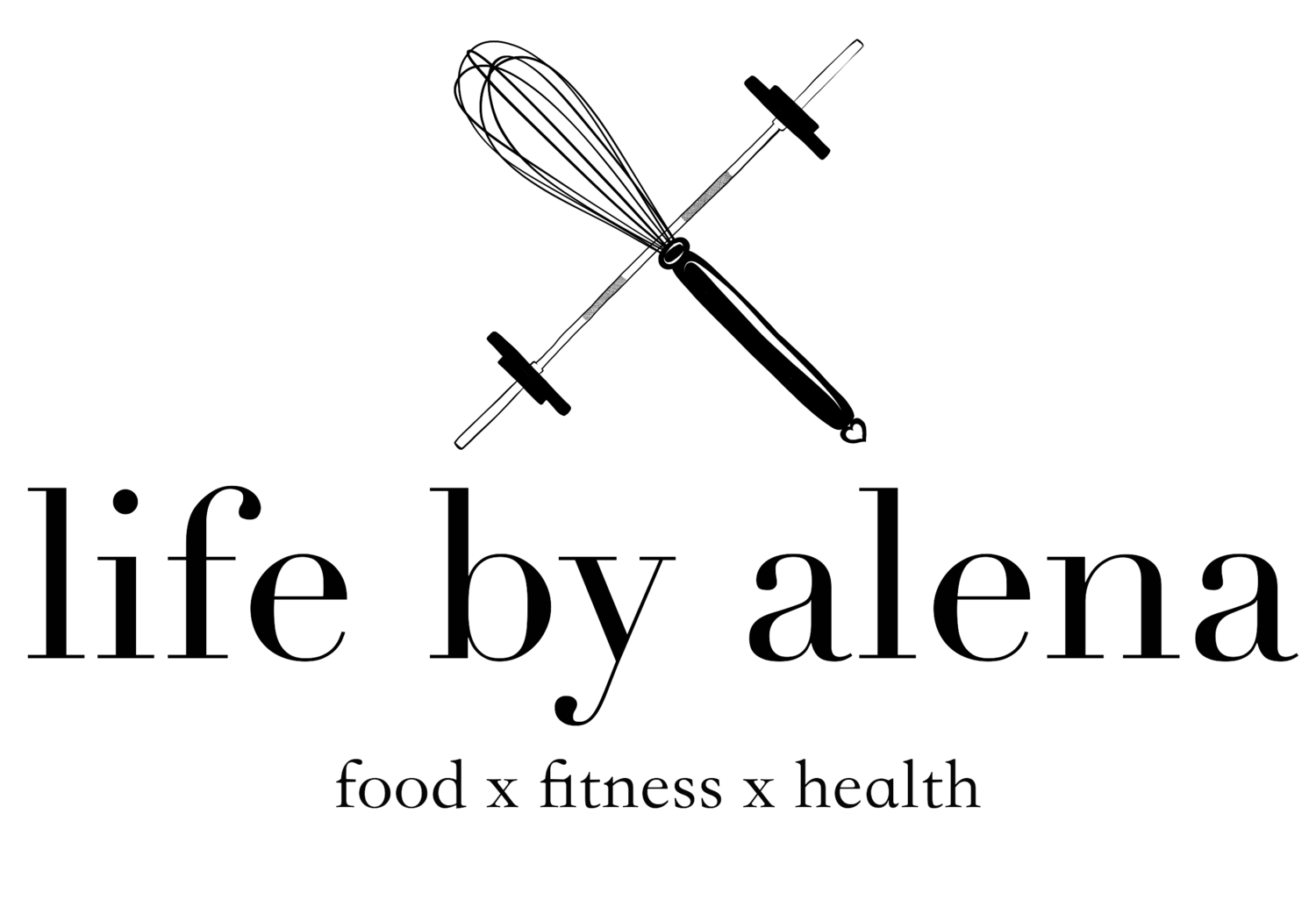Meet Sally
Sally (on the right) and her offshoot levain (on the left) about to be incorporated into an autolyse.
Sally is my sourdough starter!
Sally was born on November 8th, 2020—very young compared to many of the decade- or half-century-old starters that many people keep. She’s take 2 of my quarantine starter project, and I’m very proud of her. Sally had a pretty rough start, but she’s grown into a mildly bubbly and pretty powerful partner in crime who gifts me with super yummy loaves of sourdough bread!
What is sourdough?
When I think of sourdough, my mind instantly jumps to a tangy loaf of crusty bread. But the term “sourdough” actually just refers to the leaven itself, full of wild yeast and bacteria (yummy). This leaven is commonly known as a starter or sourdough starter!
A starter is typically made with equal parts flour and water, fermented over time. At the beginning, the flour and water provides a welcoming environment for those lovely wild yeast and bacteria to begin growing.
Instead of using a store-bought yeast for bread, the sourdough starter is used as the rising agent. The distinctly sour taste develops in sourdough because this starter has both yeast and bacteria, as opposed to only yeast in most other breads. The bacteria produce lactic acid, which gives sourdough bread its unique flavor.
Starters, like pets, must be routinely fed and given space to breathe. They love draft-free environments, and they’re very resilient! I’m no expert on making starters, but you can find plenty of websites online to instruct you! I started and feed her with a mix of unbleached bread flour and stone-ground whole wheat flour. When feeding a starter, part of the starter is discarded and the rest is mixed in a 1:1:1 weight ratio of starter, filtered water, and flour. This routine feeding usually happens twice a day once the starter is strong, but can be reduced to once every 1-2 weeks if you keep it in the refrigerator: that’s where Sally lives. I feed her once a week, let her warm up at room temperature for a few hours to revitalize the microbes, and pop her back into another week-long hibernation.
Some Sourdough Terminology
If you’re just stepping into the world of sourdough baking, you may have heard a few terms being thrown around. I was definitely a bit overwhelmed at first, but here are a few basics:
The terms starter and levain essentially refer to the same thing. The levain is the part of the mixture being incorporated into the dough, and the actual starter itself is what you keep.
The autolyse is the mixture of flour and water before any starter is added. It’s usually prepared and set aside to rest for between 20 minutes and an hour, and it gives the flour a chance to fully hydrate, begin developing gluten, and begin breaking down into simpler carbohydrates that the yeast and bacteria will feed on later. Salt is typically added after this step because it affects gluten formation.
The dough’s hydration is the ratio of flour to water. For example, if I used 100 grams of flour and 80 grams of water, my dough would be an 80% hydration dough.
Bulk fermentation, or the first rise, is the time between when your levain is just added and when the dough is shaped. During this time, your dough is fermenting!
A stretch and fold is the alternative to kneading for high hydration doughs. The technique really is as the term describes it: you stretch the dough, then fold it over itself! There’s also some other folding techniques like a coil fold, for instance.
The crumb or crumb structure of a loaf refers to the bread’s inner texture. For example, an open crumb has large holes, like most sourdough bread; a tight crumb has much smaller holes, like a typical sandwich bread; a wild crumb has irregular structures; and an even crumb has more consistent ones.
Hooch is the liquid that accumulates on top of a sourdough starter, and this can range from a clear color to a darker one. It doesn’t mean that the starter has gone bad, and can just be poured off or mixed back in as long as there’s no mold or off-smells.
6 Reasons Why You Should Make A Starter
Now that I’ve gone over the basics of what sourdough is, here are four reasons why you should make one.
It’s extremely gratifying! I can’t think of many other simple beauties of life and craft than a loaf of sourdough bread. After 2 days of preparation, that hot loaf that comes out of the dutch oven never fails to put a huge smile on my face.
There’s always room for improvement. My first few loaves were definitely not stellar, but they gave me things to work towards in the next batch.
It’s a surprise every time! Each loaf will never turn out the same. Starters are living creatures of their own, and they will behave differently depending on how you treat them.
Once you start, they’re super easy to maintain. Whether you’re baking every other day, every other weekend, or once every few months, your starter will be waiting for you to tap into its simple magic! All it asks is that you feed it.
Sourdough is better for your gut health than other types of bread. The wild yeast and bacteria decrease phytic acid in wheat, making nutrients more readily available for absorption; predigest the flour so it’s easier for YOU to digest; lower the glycemic index of bread; and contain prebiotics, as these (not probiotics) can survive high heat in baking.
The flavor is UNBEATABLE. There’s nothing like a homemade loaf of bread. Period.

